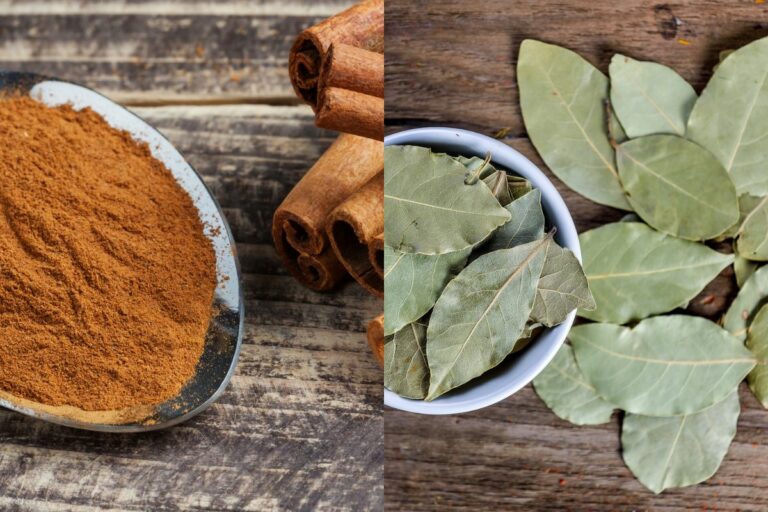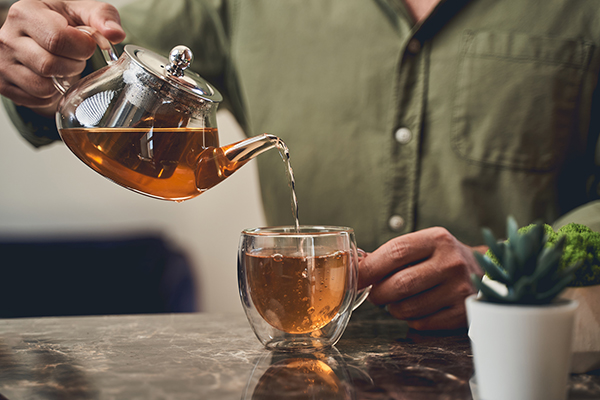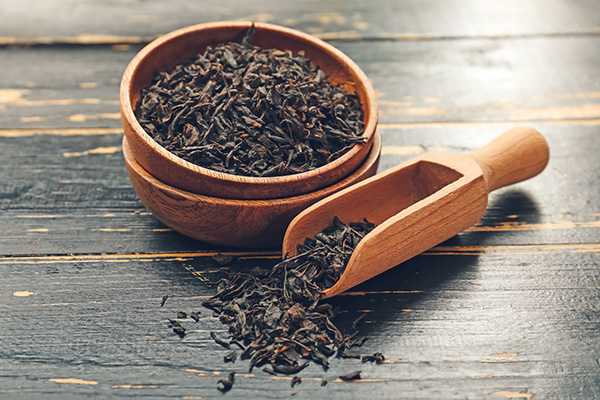How to Use a Cast Iron Teapot
Cast iron teapots have been cherished for centuries for their ability to retain heat and provide an even brewing experience. These teapots not only serve as practical tools for brewing tea, but they are also revered as pieces of art.
In this blog post, we will explore the differences between Western and Japanese cast iron teapots, how to properly use and clean them, and compare them to ceramic teapots to help you decide which is best.

Western Cast Iron Teapots vs. Japanese Tetsubin: What’s the Difference?
Although cast iron teapots are popular around the world, they have distinct differences in their design and usage. Western cast iron teapots typically have an enamel coating on the inside, which prevents rusting and makes them easy to clean. They come in various sizes and are often decorated with intricate designs.
Japanese Tetsubin, on the other hand, are traditional cast iron teapots with no enamel coating. This means they can develop a desirable patina over time, enhancing your tea’s flavor. Tetsubins are often adorned with intricate designs and symbols that hold cultural significance.
The primary difference between these two types of cast iron teapots is their intended use. Western teapots are primarily used for brewing tea, while Japanese Tetsubin is designed to heat water.
Some manufacturers claim that their cast iron teapots with enamel coating can be used on a stovetop on low heat, but we advise strongly against that as the enamel coating can crack when exposed to direct heat.
Also, if you decide to use a Japanese Tetsubin not for just heating water but for brewing tea as well, make sure you choose one type of tea and use it for the rest of the life of your Tetsubin. Brewing different types of tea in a Japanese Tetsubin with no enamel coating may cause the inside of the Tetsubin to absorb the variety of tea flavors and scents over time and make tea brewed in it taste bad.
How to Use a Cast Iron Teapot
Here’s how you can use your cast iron teapot.
- Choose your tea: Choose your preferred type of tea, whether loose-leaf or in a tea bag.
- Preheat the teapot: Fill the teapot with hot water to warm it up. This helps maintain a consistent temperature during the brewing process. Swirl the water around, and then pour it out.
- Measure the tea: Use one teaspoon per 8-ounce cup of water for loose-leaf tea. Place the tea in a tea infuser or the teapot’s built-in infuser basket.
- Heat the water: Heat your water in a separate tea kettle to the appropriate temperature for the type of tea you’re brewing. Generally, black and herbal teas require boiling water, while green and white teas need water just below boiling.
- Pour the water: Slowly pour the heated water over the tea leaves or tea bag, allowing the water to flow evenly.
- Steep the tea: Cover the teapot with the lid and let the tea steep for the recommended time. Most teas need between 3 and 5 minutes, but this can vary depending on the type of tea and personal preferences.
- Serve the tea: Once the tea has steeped for the desired time, pour it into cups or a serving teapot. Enjoy your perfectly brewed tea!
How to Clean a Cast Iron Teapot
- Empty the teapot: Remove any remaining tea leaves and dispose of them.
- Rinse with warm water: Gently rinse the teapot, avoiding abrasive scrubbers that could damage the enamel coating or the patina on a Japanese Tetsubin.
- Dry the teapot: Wipe the teapot with a soft cloth to remove excess water. Then, air dry the teapot completely by leaving the lid off until it’s fully dry to prevent rusting.
- Store in a cool, dry place: Keep your cast iron teapot in a location away from direct sunlight and humidity.
Can You Put a Cast Iron Teapot on the Stove?
While Japanese Tetsubin can be placed on a stove to heat water, it is not recommended to do so with Western cast iron teapots that have an enamel coating. The enamel coating can crack or chip when exposed to direct heat, leading to rusting and damaging the teapot. Instead, use a separate kettle to heat the water and then pour it into your cast iron teapot for brewing.
Cast Iron vs. Ceramic Teapots: Which One Is Best for You?
When deciding between a cast iron and a ceramic teapot, consider the following factors:
- Heat retention: Cast iron teapots are known for their ability to retain heat for longer periods, keeping your tea warm and allowing for multiple infusions. While still offering good heat retention, ceramic teapots may not keep your tea warm for as long.
- Durability: Cast iron teapots are incredibly durable and can last for generations if properly cared for. Ceramic teapots, although sturdy, can be more susceptible to chipping or cracking.
- Aesthetic appeal: Both cast iron and ceramic teapots come in a variety of designs and styles. Cast iron teapots often feature intricate patterns and traditional motifs, while ceramic teapots can showcase more modern designs and a wide range of colors.
- Flavor: Some tea enthusiasts believe that the patina developed in Japanese Tetsubin can enhance the flavor of the tea. Ceramic teapots do not impact the flavor of the tea.
- Maintenance: Cast iron teapots require more attention when it comes to cleaning and drying to prevent rusting. Ceramic teapots are generally easier to clean and maintain.
Ultimately, the choice between a cast iron and ceramic teapot comes down to personal preferences and priorities.
Final Thoughts
Cast iron teapots offer an excellent way to brew and enjoy tea, providing excellent heat retention and a unique aesthetic appeal. By understanding the differences between Western cast iron teapots and Japanese Tetsubin, learning how to properly use and clean them, and comparing them to ceramic teapots, you can make an informed decision about which type of teapot best suits your needs. Whatever teapot you choose, remember to enjoy the art and ritual of tea brewing, savoring the flavors and warmth it brings to your life.






